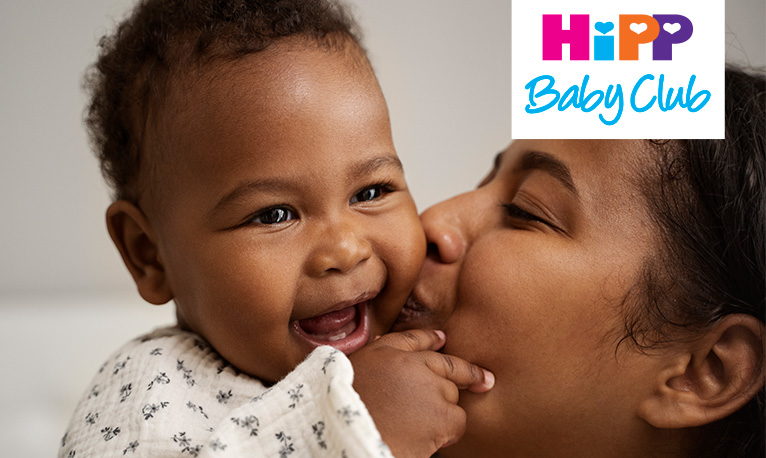Why children's skin needs special care
Newborn | Toddler | | Dr Alia Ahmed
Skin, like any other organ, undergoes many changes from newborns to children and then adults. During the ages of 0 – 5 years, there are many things to be aware of when caring for your child’s skin. Your baby has come from a warm, wet environment into a world of air, varying temperature and environmental factors like dust and pollution.
Babies and children have smoother and softer skin than adults. The outermost layer (the stratum corneum) is thin and the skin barrier is immature, meaning it loses water, good fats and natural moisturising factors easily. In fact, water loss from the skin is greatest between the ages of 0 to 4 years old, so the skin at these ages may be prone to drying out easily. This is further impacted by the fact that infants have a higher surface area to body mass ratio than adults.
Lack of moisture leads to skin dryness, irritation and inflammation. If not treated effectively this dryness can persist and present in babies and children as flaky, scaly, itchy and sore skin.
Why is my child’s skin dry?
All skin has the potential to become dry, but this can be impacted by genetics (e.g. family history of eczema, asthma, hayfever), environment (e.g. dusty, dry, humid), temperature and general health.
Skin barrier defects can also cause skin to be more prone to sensitivity, irritation, dryness and conditions such as eczema or cradle cap. Other important differences in young skin are that the cells are ‘turning over’ quickly (multiplying and shedding faster); there is lack of development of the ability to sweat and produce sebum (or oil) meaning temperature regulation is difficult, and as babies have less fat than adults the skin layers become thinner and are more permeable.
Newborn skin has a higher pH than normal, relatively alkaline. This slowly acidifies after birth as the skin barrier matures, making it an important defense against infection.
Protecting sensitive skin
Overall, the skin of your baby or child is less protected and more sensitive than that of an adult. As the skin matures from newborn to infant, toddler and then child, the skin barrier changes to offer more protection (e.g. through thickening of the stratum corneum), at least until the age of 4-years-old, when the skin barrier starts to match that of an adult (in terms of water loss and thickness of the stratum corneum).
It makes sense, therefore, to consider these nuances and the changes your child’s skin is undergoing when planning how to care for it.
Needless to say, babies and children are unable to take care of their delicate skin; therefore, it falls on their carers to provide the nurturing care skin needs during these growing years.
Replenishing moisture is key for skin elasticity, homeostasis and to control water loss, as well as adding protection to the layers of the skin.
Top tips for child’s skincare
The inclusion of organic almond oil in HiPP products makes it ideal for caring for young skin.
Almond oil is mild and non-irritating, making it able to hydrate sensitive skin. It is also a source of good fats (e.g. omega fatty acids), a host of vitamins (e.g. vitamin A, B) and antioxidants (e.g. vitamin E), which build protection for baby skin. When looking after young skin, I have some top tips:
- Choose products that are made for sensitive skin (e.g. dermatologist approved, gentle, non-fragranced, light textured, pH balanced)
- Apply emollients regularly to young skin to keep it hydrated (e.g. with nappy changes, after bathing, as part of a morning and evening routine). HiPP baby lotion is ideal for this.
- Check occluded areas (like the nappy region) carefully. As skin remains occluded in this area it provides a moist, warm environment that is prone to irritation and infection. Cleanse these areas with gentle products such as HiPP head to toe baby wash and try to not to keep them wet for long when wearing nappies.
- Involve your little one in their skin care! Babies and infants will benefit from a night time routine that involves feeding, bathing and relaxing massage with emollients. You can even choose specialist bedtime bath products, like HiPP Goodnight baby bath. Similarly toddlers and children can get involved with applying products, like the fun foaming HiPP Kids soft & foamy handwash or HiPP Kids fluffy & foamy lotion, and experiencing different textures.
- If you notice persistent changes in your child’s skin please consider consulting a healthcare professional.
References


